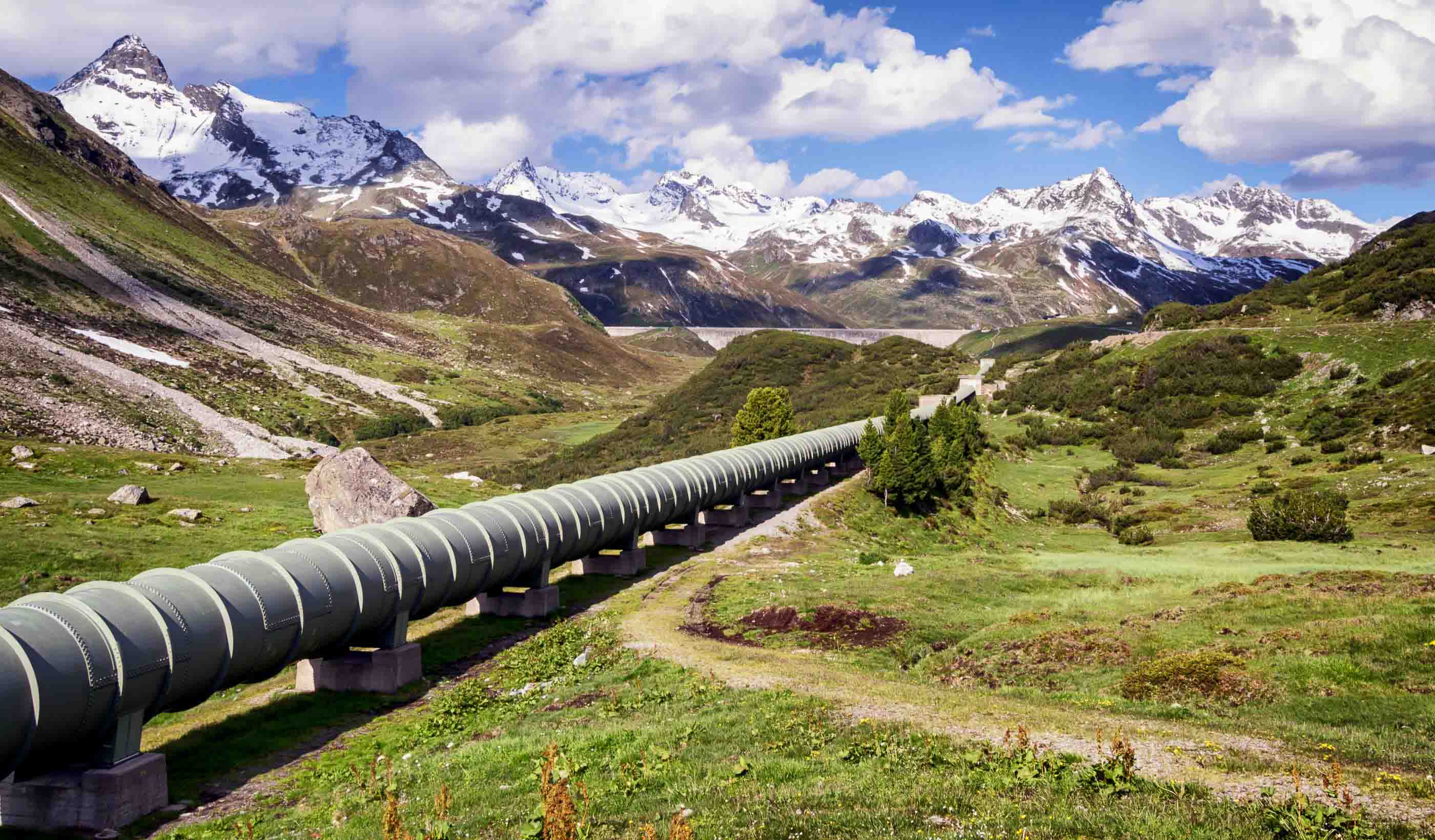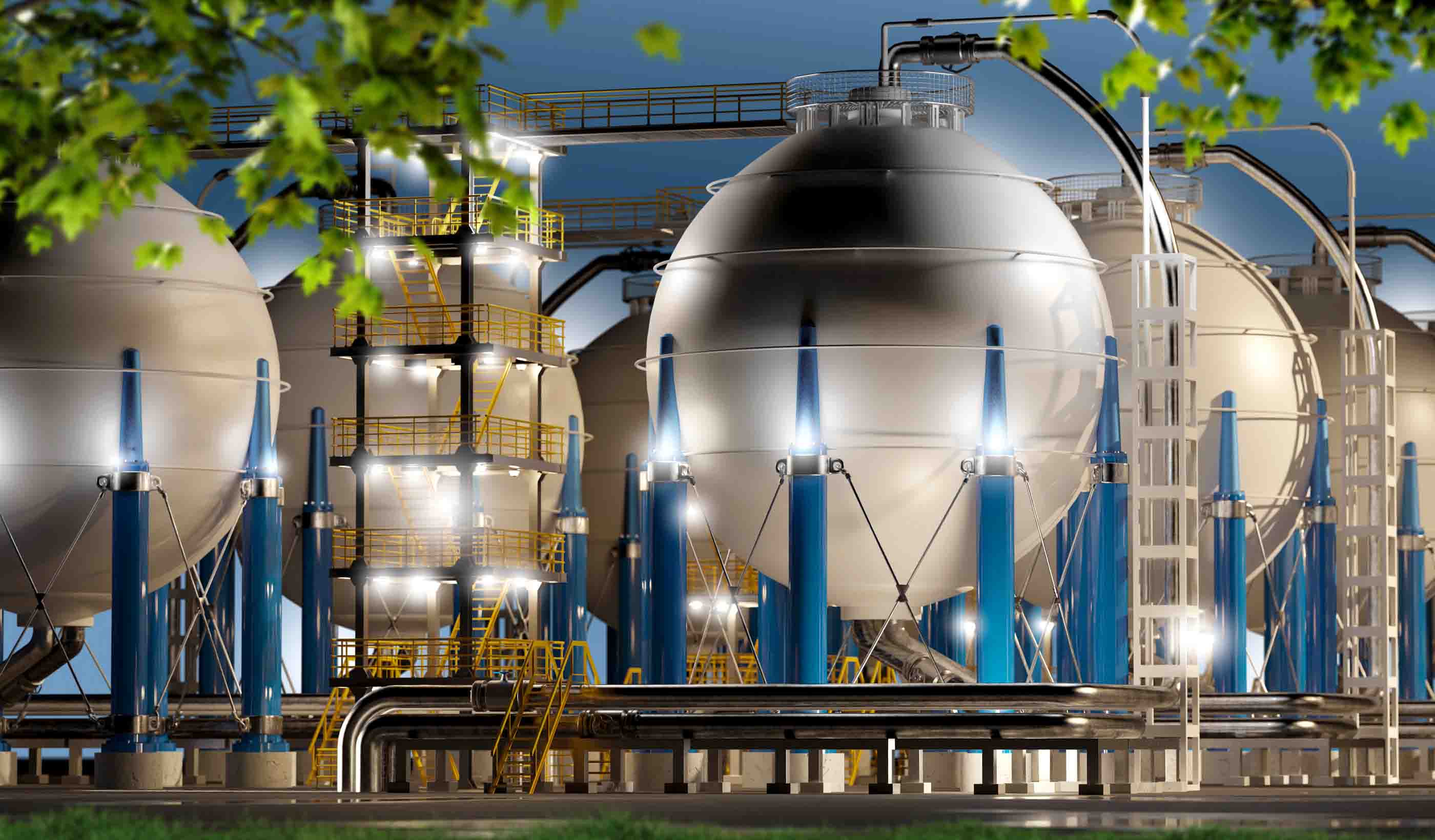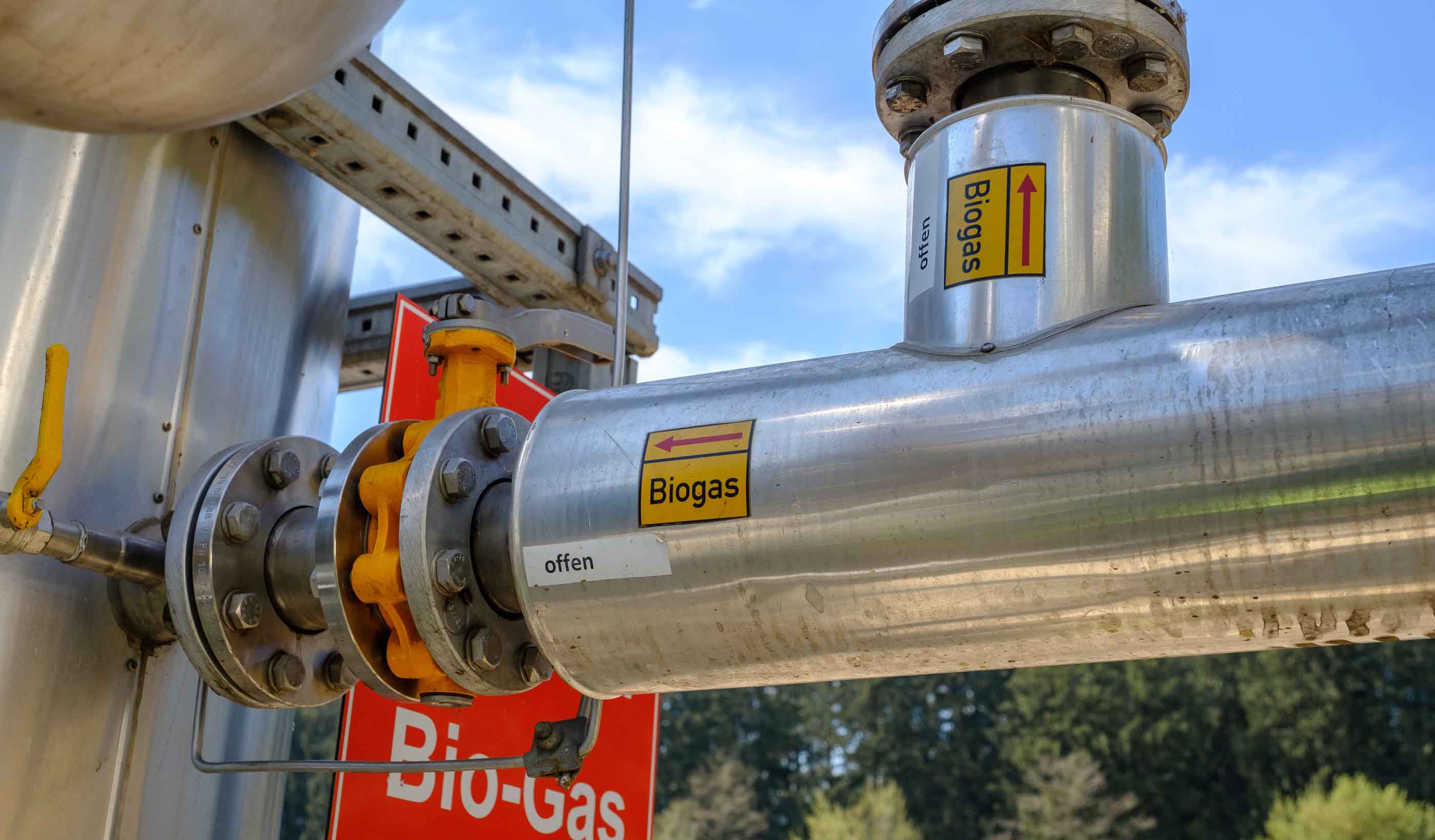Repurposing pipelines for the energy transition
June 17, 2024
June 17, 2024
Our existing pipeline infrastructure can be retrofitted to transport hydrogen, captured carbon, and more. Here’s how.
As part of the energy transition, the world is slowly reducing its reliance on traditional fossil fuels and embracing renewable sources of energy. And this transition has experts wondering what will become of our existing oil and gas infrastructure. More specifically, does it mean that we won’t need pipelines anymore? Absolutely not.
Pipelines are the safest and most sustainable way to transport large amounts of our resources and avoid using roads or rail. And even as we shift towards renewable sources of energy, there will still be a great need for new and existing pipeline infrastructure. New pipelines are one thing, but how can we transform our existing pipeline assets for the needs of the future? After all, we have made enormous investments into our existing pipeline network, and it continues to provide tremendous value for commodity transport. We can’t just abandon it. We must repurpose this infrastructure to supply the renewable resources of the future.
While we may not need as many new pipelines for oil and gas products, we will need them to transport other resources. These include hydrogen, captured carbon, biofuels, and more. So, let’s explore the different ways in which we can reimagine our pipeline infrastructure to meet the needs of the energy transition.

By reimagining pipelines, we can leverage existing investments to transport other products like hydrogen, captured carbon, and biofuels.
One of the ways we can repurpose our pipelines is to retrofit them to transport hydrogen. Hydrogen is alternative fuel that can power our energy infrastructure and releases no carbon dioxide (CO2) upon combustion. It can play a pivotal role in the energy transition and help the world to decarbonize. However, we must find a safe and sustainable way to transport large amounts hydrogen to the communities who need it.
The good news? Our existing pipeline infrastructure, specifically our natural gas pipelines, are able to transport hydrogen. In fact, some already are! Right now, some pipelines can blend small amounts of hydrogen into natural gas, and experts around the world are aiming to increase that figure. However, converting these pipelines will require engineering assessments and testing to identify and mitigate potential challenges.
Firstly, hydrogen molecules are smaller than natural gas. This can lead to leaks in our existing pipelines, particularly older lines that were installed decades ago. But there are modifications we can make to remedy this issue such as upgrades to seals, pumps, and compression stations. Another challenge is that hydrogen can reduce the ability of steel to resist some forms of cracking and metal fatigue. That may sound alarming, but it is a reality for many common engineering designs, and one that can be safely managed when carefully considered. Finally, hydrogen doesn’t contain as much energy as natural gas on a “per-volume” basis. This means that our existing pipelines will have to operate at higher flow rates, which can impact the integrity and operational philosophy.
The transition away from traditional fossil fuels does not mean we are transitioning away from our pipeline infrastructure.
Our experts have been working with traditional oil and gas clients to help them decarbonize by blending hydrogen into their natural gas pipeline infrastructure. At this point, the project work and opportunities tend to be for confidential conceptual, feasibility, and front-end design. However, one study we worked on for Enbridge examined the opportunity for Alberta to export hydrogen as a blended component in a natural gas pipeline to Chicago. The hydrogen would then be separated from the natural gas and sold in the Chicago region. We were proud to support Enbridge on this project.
With strategic investments and engineering solutions, existing natural gas pipelines can be repurposed for a hydrogen transportation network. Leveraging this infrastructure could help scale-up hydrogen and accelerate the transition to clean energy.

We must find a safe and sustainable way to transport large amounts hydrogen to the communities who need it.
Carbon capture, utilization, and storage (CCUS) will continue to play a role in the energy transition. After all, we can’t build our way to a clean energy infrastructure overnight. We will need to rely on traditional fossil fuels for years to come. So, capturing the carbon emissions from carbon combustibles will be a helpful tool in moving us forward in a positive direction. But capturing carbon is only the first step. What do we do with that carbon once it’s captured?
The most common means of managing our carbon is transporting it via pipeline to either be safely and permanently stored underground or be used in the industries that need it. The opportunity for storage is serendipitous. The geographic regions formerly used as oil and gas wells to extract fossil fuels have often stored naturally occurring CO2 that formed along with the fuel. Some of these formations can be repurposed to permanently store additional CO2. Since the pipeline already exists, it could be used to inject human-made CO2 into the original well.
Furthermore, many industries rely on CO2, including food processing—even in the brewing of craft beers! This has led to more carbon being utilized than in the past when storing carbon was the more appropriate option.
Using existing pipelines to transport carbon can offer us several benefits. For example, it’s more cost-effective and environmentally friendly than building entirely new infrastructure. Also, pipelines can transport large volumes of carbon over long distances and require less energy than other methods like truck or rail. Retrofitting current pipelines also allows us to maintain a skilled workforce and continue to provide jobs in the energy sector.
Our teams have been working with our clients to understand the regulatory requirements for transporting CO2, as well as ways to assess the capacity of existing pipeline materials for safe transport. We have world-class skills in damage visualization, fitness-for-service, and geohazard risk assessments that were developed to prevent leaks of crude oil or natural gas. And these skills can also be used on CO2 pipelines. In Canada, as the Investment Tax Credit (ITC) is rolled out and understood, there will be a plethora of projects to complete. And we will be there to support them.

Using existing pipelines to transport carbon can offer us several benefits.
While the fossil fuel era required a vast pipeline network, the energy transition will depend on these assets too. And in addition to hydrogen and captured carbon, pipelines will be needed to transport other products as well. These can include biogas, renewable natural gas, and other resources that will need to be part of our sustainable energy vision. Let’s take a look at some of these resources below.

Pipelines will be needed to transport other products such as biogas.
The transition away from traditional fossil fuels does not mean we are transitioning away from our pipeline infrastructure. Our future will depend on these assets for years to come. This includes our existing pipeline network. With some modifications, these pipelines can continue to serve as a key part of our energy infrastructure, transporting our products over long distances in a sustainable, safe, and economical manner.
Finding ways of using our existing assets is almost always better than building from scratch. It reduces costs, waste, and, perhaps most importantly, time. It likely also reduces negative impacts to the environment. By reimagining pipelines, we can leverage existing investments to transport other products like hydrogen, captured carbon, and biofuels. Not only is it the right thing to do, but it will help us to reduce emissions and drive the energy transition forward.